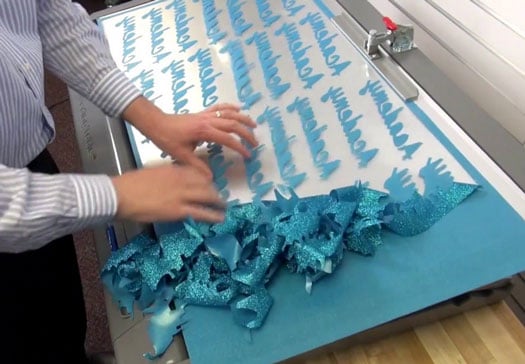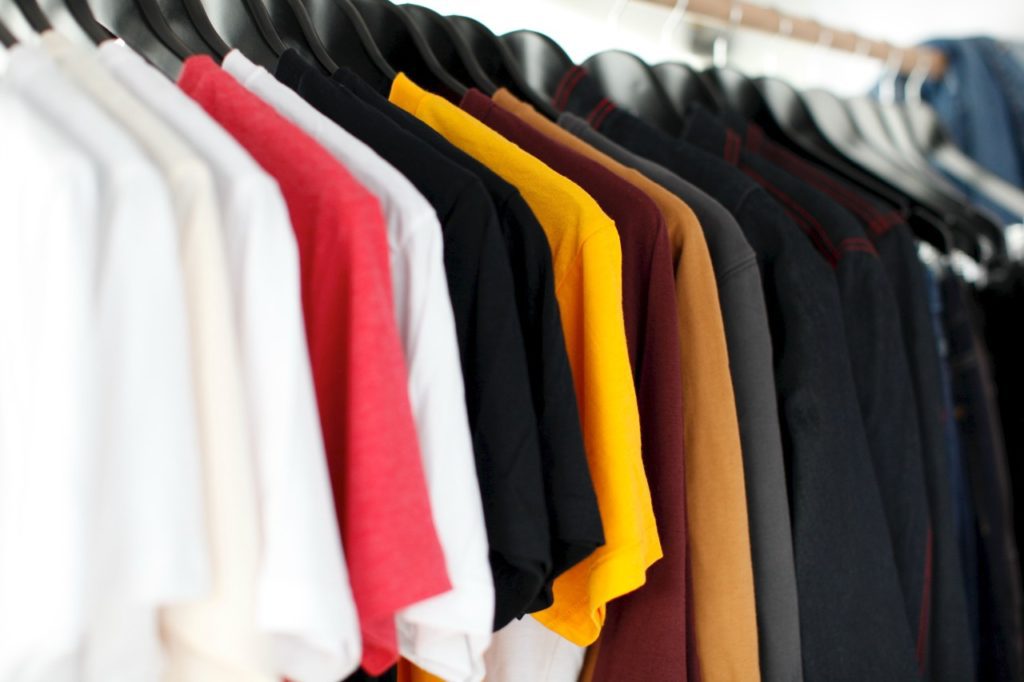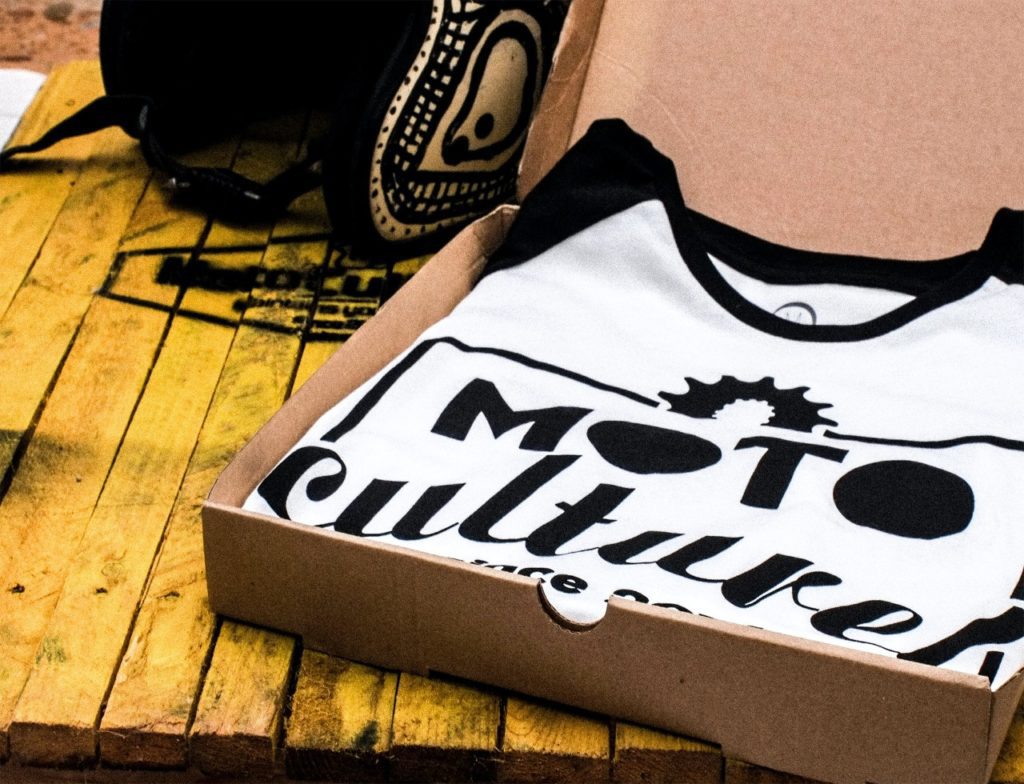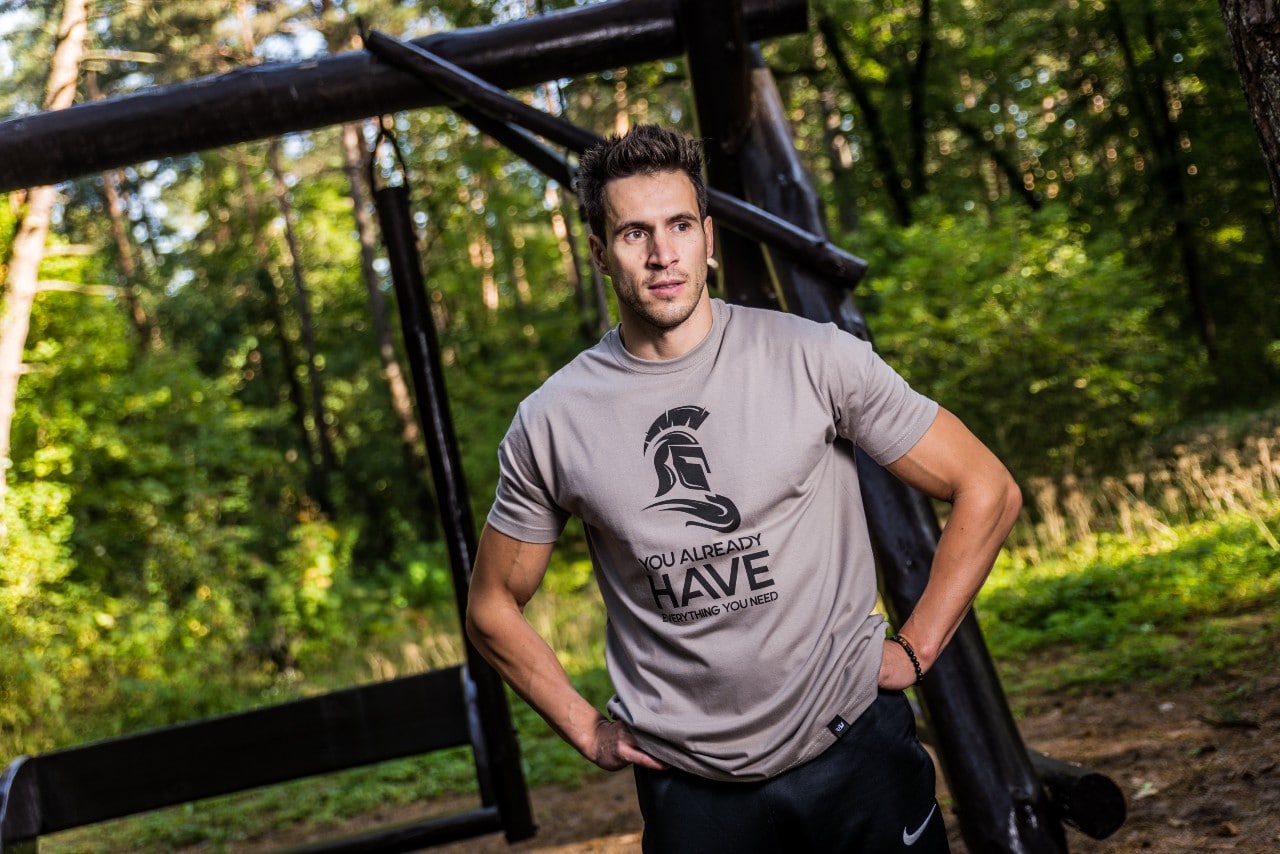How much you should charge for your vinyl t-shirts at retail is a more challenging question than it may seem. There are tons of costs and psychological strategies that come into play when choosing a suitable price point to sell your t-shirts.
It’s vital to consider the productions costs, expenses, time and labor, design size and complexity, retail add-ons, order quantities, and additional features before setting the price for your vinyl t-shirts. Then, consider the target market and competitors to determine an average retail price.
Fortunately, with a bit of research and experience, we’ve got some pretty valuable strategies in our back pocket that we’re going to share with you. So, give this article a read for the tricks of the trade on pricing custom vinyl t-shirts for retail.
How Much Should You Charge For Vinyl T-shirts?
When pricing vinyl t-shirts for retail, the easy answer is you add 40-50% to the total cost of production. Always price your shirts to make good margins. If your margins are too low, there may be ways to get your production cost down or increase your retail price to make sure you have a good ROI.
The size of the vinyl printing, text quantity, and design complexity all contribute to the retail price. More so, the most critical factor to consider is the production costs and time when setting your rate.
Knowing your actual production costs will allow you to know where your “wiggle room” lies, and it will enable you to speak more confidently on how much you are charging for your product.
Of course, your aim should be to keep the production costs pretty low, but never at the expense of producing quality t-shirts for your customers. Note that most individuals are willing to pay a tad more for a retail quality t-shirt rather than a low-quality an ill-fitting shirt.

Next, you’ll have to know your market. First, determine your target market, as prices are subjective to your local area. Then, research the competing t-shirt lines to assess their average retail price. Knowing who your competitors are will indicate what the market is willing to pay and what prices you’ll be competing with, allowing you to determine a ballpark idea of what your retail costs should look like when choosing a retail price.
Whatever you do, DO NOT base the retail price only on the number of square inches you use for the design. For example, a tiny breast logo’s weeding can take as long as a full back print; the small vinyl prints require delicate and detailed work, making them just as timely!

Instead, use a standard base price (your cutting, weeding, and applying costs) + the vinyl required formula to calculate your pricing. In addition, do not offer too many price options to your clients; instead, work the yield solely to your advantage.
Calculate Your Production Costs Before Pricing Vinyl T-Shirts
The first thing you’ll want to consider when pricing your vinyl t-shirts is what your costs are going to be to produce them.
First, calculate the price of the clothing and vinyl.
Clothing
With various sizes and thousands of t-shirt options available, we will use three different t-shirt options as an example for this blog, each offering a different quality shirt. We will use the size Medium as pricing may differ with smaller or larger sizes.
There are a lot of options on buying blank t-shirts. One of our favorites over the years with a huge selection of apparel is TSC Apparel. They are now S&S Activewear. The advantage to creating an account with a company like this is you can order your blanks online, or you can drive to the nearest warehouse in the U.S. and pick up your order without paying for shipping.
Vinyl
The amount of vinyl and the color combination will determine the cost of production. For example, the price between a one-color design and a multicolored design will vary.
We have had a lot of success buying T-shirt vinyl from HeatTransferWarehouse.com. They carry a ton of styles and the prices are competitive.
Labor Costs
Then, another critical addition to your total selling price is the labor costs. Many novice business owners forget to consider the time it took to design and create the product – never undervalue your service! Along with the charges mentioned above, you need to add the operation costs like rent and utilities.
Creating T-shirts with vinyl is an easy way to produce high quality shirts from your home or office without the need of setting up screens or worrying about inks. That said, when you first get started, it takes some time to produce 1 shirt.
Once you get the right equipment and a routine, it is faster. But keep in mind – every hour you spend creating shirts is an hour you are not marketing or growing your business. When the time is right, paying someone to handle production can save you money in the long run.
Add-Ons
Another variable to consider when predicting your costs is including all the retail add-ons like branded garment tags, hang tags, and advertising. These features go a long way to help build your brands’ legitimacy.
However, my advice here is to start simple. No add-ons until you have established that people are buying your designs. Then you can build more into your designs and create a legitimate brand.
Once you add the costs of your shirts, vinyl, labor, and other expenses, you can follow a handful of formulas to help you determine what you need to charge per t-shirt.
The Order Quantity Affects The Vinyl T-Shirts’ Retail Price
When calculating the T-shirt costs, it’s essential to factor in the number of shirts you’ll purchase.
For example:
If you order small quantities of t-shirts, you can pay $7-$20 per t-shirt, depending on the brand of blank t-shirt you order.

Expect to pay around $5 to $8 per shirt if you buy over 50 shirts at a time, and closer to $3 if you place a bulk order of over 100 t-shirts.
The Quality Affects The Vinyl T-Shirts’ Retail Price
The quality of the t-shirt will affect the recommended retail price for your shirts. One advantage to printing with vinyl is that you don’t have to worry about inks not printing on certain colors. However, if you are looking to offer a more expensive streetwear line of designs printed on Champion t-shirts, you can expect to pay a lot more per shirt for these.
For more common t-shirts, Bella Canvas 3001, is a high quality ringspun cotton t-shirt that costs a few dollars more than an Alstyle or Hanes blank t-shirt.
The Target Market Affects The Vinyl T-Shirts’ Retail Price
Before randomly pricing your t-shirts, you’ll want to research the target market.
Taking a look at your close competitors is another excellent way to determine what your retail cost should be on average; it will also give you a rough idea of what your target market is willing to spend.
Next, you’ll want to deep dive into the psychological aspect. Clients do not always act rationally; they are packed with emotional triggers. So, creating the perfect price will entail a combination of human emotion and behavior to persuade the market to choose your brand above your competition.
If you are selling to a higher end target market, and printing on a high quality shirt, you can easily sell at 50%-100% higher than the prices that regular lower end t-shirts are selling for.

Here are the three most-effective pricing tactics to help you persuade the market to choose your product:
- Always end your retail price with a non-round number.
- Consider bundling products with a slight discount rather than sticking to selling the products individually. For example, if you generally sell shirts at $28 each, offer an option to purchase three for $80 instead of $84.
- Use Anchor Pricing by displaying the original price, then show what you are currently charging for it. For example, the shirt was $28, but you can purchase it for $24.99. The anchoring method allows the client to see what they are saving on the purchase.
For example, three different quality t-shirts are available: Standard Cotton, Ringspun Cotton, Airlume Cotton.
| Standard Cotton (White Tee) | Standard Cotton (Black Tee) | Ringspun Cotton (White Tee) | Ringspun Cotton (Black Tee) | Airlume Cotton (White Tee) | Airlume Cotton (Black Tee) | |
| Purchasing Costs | $2 | $2 | $4 | $4 | $7 | $7 |
| Vinyl Single Color (SC) & Multilcolor(MC) | SC: $2 MC: $4 | SC: $4 MC: $6 | SC: $2 MC: $4 | SC: $4 MC: $6 | SC: $2 MC: $4 | SC: $4 MC: $6 |
| Labor Costs ($15 per hour) | $15 | $15 | $15 | $15 | $15 | $15 |
| Total | $23 | $27 | $25 | $29 | $28 | $32 |
How to Calculate Your Vinyl T-Shirt Pricing
Vinyl transfers were most commonly used to print names and numbers on athletic wear when the method first started. Since then, the quality of vinyl and wide variety of vinyl cutters has opened up this method to be one of the most popular print-from-home methods.
Discounts on bulk orders are generally not as high for vinyl heat transfers as screen printing because it the vinyl printing process takes much longer per t-shirt.
For example, A customer would like to order 12 t-shirts ($3-4 blank) with a 10″ x 10″ straightforward design.
You can use the base price + blank shirt + vinyl required formula to determine a rough average of what your costs are going to be. Set a base price depending on your design setup, cutting, weeding, and applying costs. Then, determine how much vinyl you can get from the vinyl sheet.
Let’s say your base price is $6, and the design can yield 6 designs per linear yard of 20″ vinyl, consider adding $2 per design, making the production subtotal $8. Then add the cost of your blank t-shirt, let’s say $4. Your total production cost is $12
We are looking for 50% profit margin, so your retail price is $12 + 50% = $24 per shirt. That gives you $12 margin per t-shirt.
If you targeted 40% profit margin, your retail price would be $12 = 40% = $20. That gives you $8 profit margin per t-shirt. You can use a profit margin calculator to help you figure out what your margins would be at different percentages: Profit Margin Calculator.
Since so much depends on the cost of the t-shirt vinyl and how many designs you can get from each roll, we are sharing this helpful video to figure exactly how to calculate your Heat Transfer Vinyl cost when pricing your t-shirts:
How to Price Custom Vinyl T-shirts
The one advantage to printing with Vinyl is that you can easily do custom t-shirt designs. But make sure your pricing accounts for the customization which often takes longer on the design setup process.
Also, it’s a huge difference to have simple customizations like changes to the shirt text. Customizations like this are often baked into the price and normally costs around $2 more than the standard retail vinyl t-shirt.
If you are accepting orders for 100% custom designs provided by the customer, you need to consider charging for these on an a la carte basis, rather than a flat fee. There are so many customers that don’t understand what it takes on getting the right design for cutting. In fact, many of your customers won’t understand what a vinyl cutter is capable of, and what it can and cannot do.
You must set the expectations, and the best way to do that is offer up custom templates that are easy for you to change. See this helpful video below on How to Price Your Custom T-shirts and Decals:
How To Determine Discount Prices For Large Orders?
If you have clients that would like to order bulk quantities of vinyl t-shirts, you can consider offering a discount.
Here’s a general guideline:
| QUANTITY | PRICE |
| 1 – 12 | $24 per unit |
| 13 – 25 | $22 per unit |
| 26 – 50 | $20 per unit |
Note that if your target market is a high-end fashion audience that doesn’t mind handing out dollars left and right, you do not want to cheapen your brand by offering prices that are too low.
Conclusion
While there is so much more that we can elaborate on, this article is a fantastic launching point for you to price and sell vinyl t-shirts.
Remember that it’s essential to determine your costs, research the current market, determine your profit margin, and confidently sell your product. We trust you found this post helpful.
Bryan E. Robinson is the former owner of TshirtGrowth. He has sold t-shirts since 2006 through dropshipping, screen printing, vinyl printing, DTG, Print on Demand, and more. Bryan has created his own t-shirt designs through Photoshop, Canva, and other platforms, as well as worked with freelancers to create many of his designs. Besides t-shirts, Bryan has over 18 years of experience in online marketing with eCommerce, B2B SaaS, B2C products, and more.


